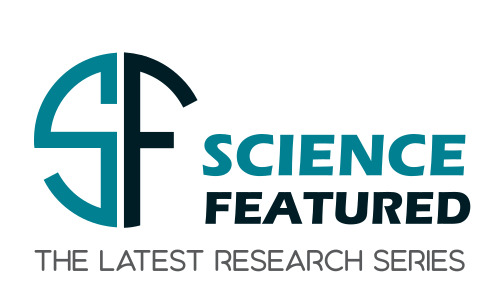In the ongoing effort to find better ways to fight cancer, scientists have developed a creative approach that uses the body’s own fat cells in a surprising way. Instead of allowing tumors to consume all the energy they need, researchers have engineered fat cells to compete with tumors for those nutrients—effectively starving the cancer. This strategy has shown a strong ability to slow down or even stop tumor growth in a range of laboratory cancer models.
Professor Nadav Ahituv and his colleagues from the University of California, San Francisco, created this new method, which they refer to as adipose manipulation transplantation—a process that uses modified fat tissue to interfere with cancer growth. Their findings were published in the journal Nature Biotechnology.
To develop this technique, Professor Ahituv’s team used gene-editing tools, which are methods for changing specific parts of a cell’s genetic material, to reprogram ordinary fat cells so they would absorb much more sugar and fat than usual. When these specially designed cells were placed next to tumors in mice, they soaked up the energy sources that cancer cells typically rely on to grow. As a result, the tumors shrank to less than half their usual size. Blood vessel growth around the tumors also decreased, which further limited the tumors’ ability to thrive. When tested using lab-grown clusters of breast cancer cells taken from patients, these engineered fat cells also slowed down tumor growth.
A key part of the success came from changing how the fat cells behaved. By boosting a gene called uncoupling protein 1—which helps cells burn energy as heat rather than storing it—the researchers made the cells act more like a type of fat known for burning energy, called brown fat. This shift increased the fat cells’ ability to process sugar and fat. As Professor Ahituv put it, “Co-culturing patient-derived engineered adipocytes with tumor organoids from dissected human breast cancers significantly suppressed cancer progression and proliferation.”
What makes this technique especially promising is how well it works against different kinds of cancer, not just one. The researchers saw positive results not only with breast cancer, but also with colon, pancreatic, and prostate cancers. The modified fat cells affected the cancer directly as well as the area around the tumor. The team saw fewer signs of oxygen shortages inside the tumors, fewer blood vessels forming, and more cancer cells dying. “We show that CRISPR-based gene activation—a method that boosts the activity of certain genes without cutting DNA—upregulation of uncoupling protein 1, peroxisome proliferator-activated receptor gamma coactivator 1-alpha, which is a key regulator of energy production, or PR domain containing 16, a gene involved in the development of energy-burning fat cells, induces browning in human adipocytes, leading them to have increased glucose uptake and fatty acid breakdown,” Professor Ahituv noted, explaining how the changes disrupted the cancer’s energy supply.
To confirm their findings, the scientists also tested the therapy in mice that were genetically altered to develop pancreatic or breast cancer. They placed the engineered fat cells either near or farther from the tumors. In both cases, the tumors shrank significantly. Importantly, the treatment didn’t cause harmful side effects such as extreme weight loss—a problem that often comes with cancer treatments that affect the whole body.
What sets this method apart is how flexible and safe it could be for use in people. Fat tissue is easy to remove from the body using liposuction and can be modified outside the body before being placed back in. These modified fat cells can even be tailored to block the specific nutrients a tumor depends on. For example, the team altered some cells to target a nutrient called uridine, a substance used by cells to build RNA, which is important for certain pancreatic tumors. This kind of personalization suggests that the method could one day be customized for each patient based on the unique traits of their cancer.
This discovery opens the door to a different kind of cancer therapy—one that doesn’t rely on toxic drugs but instead changes how nutrients are used in the body. By turning fat cells into hungry neighbors that steal fuel from tumors, scientists may have found a new way to help patients fight cancer. The adipose manipulation transplantation strategy could offer a natural and targeted treatment that works alongside the body’s own systems to hold back disease.
Journal Reference
Nguyen H.P., An K., Ito Y., Kharbikar B.N., Sheng R., et al. “Implantation of engineered adipocytes suppresses tumor progression in cancer models.” Nature Biotechnology, 2024. DOI: https://doi.org/10.1038/s41587-024-02551-2
About the Author

Professor Nadav Ahituv is a geneticist and biomedical researcher based at the University of California, San Francisco, where he leads pioneering work in gene regulation and functional genomics. His research focuses on understanding how changes in non-coding regions of DNA—the parts that don’t directly code for proteins—can influence human development and disease. Professor Ahituv has played a key role in advancing CRISPR-based tools to manipulate gene activity without altering the DNA itself. He is particularly interested in how these technologies can be safely applied in personalized medicine, including cancer therapy. His lab’s work often bridges basic science with clinical potential, using genetic insights to design targeted, tissue-specific treatments. Through collaborations across disciplines, Professor Ahituv continues to explore how our genetic instructions can be fine-tuned to treat complex diseases in new and highly precise ways.













































